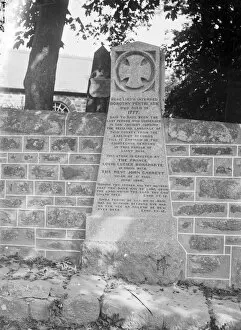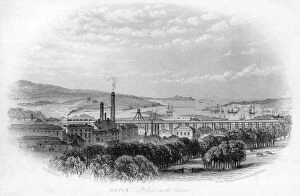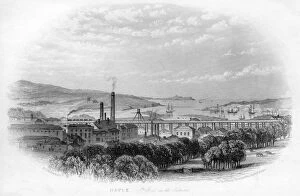Pentreath Collection
"Amidst the rugged cliffs of Cornwall, where the Atlantic Ocean meets the land, lies the small fishing village of Pentreath
All Professionally Made to Order for Quick Shipping
"Amidst the rugged cliffs of Cornwall, where the Atlantic Ocean meets the land, lies the small fishing village of Pentreath. Once home to Dolly Pentreath, a legendary local figure who reportedly survived a storm in 1649 by clinging to a rock for hours. Her memorial stands proudly in St Pol de Leon churchyard, overlooking the sea in Paul. In the early 1900s, the landscape around Pentreath began to change with the arrival of the railway. The Cornish line, later known as the Great Western Railway (GWR), reached St Austell in 1860, bringing new opportunities and challenges. The West Cornwall Railway followed suit, connecting Hayle to St Ives, with Pentreath in between. Photographs from this era show Hayle and St Ives in the distance, their silhouettes framed by the railway tracks and the vast expanse of the sea. The Lizard, Pentreath's neighboring peninsula, is visible in one image, its jagged cliffs and rocky shores a testament to the raw power of nature. Another iconic image, taken in July 1924, captures Kynance Bay, a short distance from Pentreath. The bay's unique rock formations and turquoise waters are a sight to behold, a reminder of the natural beauty that continues to draw visitors to this part of Cornwall. As we stand at Dolly Pentreath's memorial today, we are reminded of the rich history and resilient spirit of this remarkable place. The sea may have shaped Pentreath's past, but it continues to inspire and captivate all who visit."










